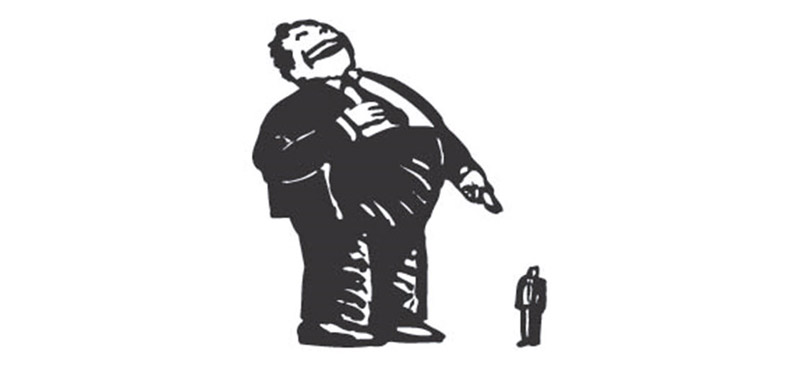The Only Comparison You Should be Making
One of the mistakes I see entrepreneurs making is to compare their business to other ones in their marketplace and in their industry. Though this is logical and natural for us to compare our business with other businesses, I’ve found there are few positive outcomes from doing this.
Let’s say you compare your business to one that isn’t as successful as yours. It’s easy to look at that business and judge it and feel superior to it. This happens a lot in close knit marketplaces where business owners are frequently talking and networking together. But the downside of comparing yourself to an inferior business is that it gives you a false sense of security, a false sense of importance and worse, a false sense of accomplishment. That false sense of superiority over another business leads to satisfaction. Once you’re satisfied, it’s hard to make changes to improve, to move forward, and to stay ahead of your competition. Shoot, you’re ahead of the person next door to you! Isn’t that good enough?
What about comparing your business to another business that is clearly superior to yours? You’d think this would lead to growth and business improvement, wouldn’t you? I do think it’s good to have mentors and to study business models that you can learn from, but many owners spend so much time focusing their attention on other superior businesses that they neglect the time to find their own uniqueness and to develop their own superior qualities.
The businesses I talk about in myDestination workshops and my Destination BootCamp are put there to give you examples of success. You should never try to mold and conform your business into the successful pattern that someone else has created.
Over time, it’s destructive to continually be comparing your business to one that somehow has achieved more than yours. Comparisons neglect to take into account how the superior business rose to its current status. For example, I always get a kick out of watching Donald Trump when he starts pontificating on success. Just once, I want someone to ask him, “Do you think you’d be as successful today if your father hadn’t been a successful real estate developer in New York, built a fortune worth $400 million and passed along a lot of that to you when he died?”
So quit comparing! Your goal is to create your own one-of-a-kind success, created at your own pace, with your own rules.
The only comparisons you should be making are to your own past achievements, and then, aligning them with your own future goals, all the while, remembering that your success will be dependent on a host of factors, not the least of which is your ability to make your business new, using new techniques and reinventing your business on a regular basis.
This next quote is from an unknown business leader, and though it’s a little extreme, it does make sense:
“If we’re doing anything this year the way it was done last year, we’re obsolete.”
That’s the only comparison you should be making!
_________________________________________________________________________
NATIONAL MAIN STREETS CONFERENCE:
I am speaking at the National Main Streets Conference in Detroit next week, and I’ll be presenting only one presentation at one time:
My presentation will be: “Once Optional, Now Required: The New Rules of Business Success”, on Monday, May 19 from 9:00 a.m. to 10:15 a.m. in the Ambassador Salon II room. I suggest you get there early, as I don’t know how many seats are available.
Hope to see you there!











 If you’d like to witness something spectacular that you’ll remember the rest of your life, you should make your way to
If you’d like to witness something spectacular that you’ll remember the rest of your life, you should make your way to 


